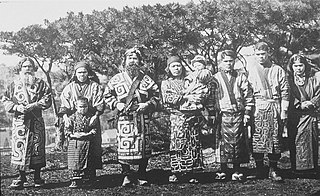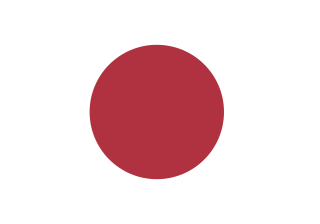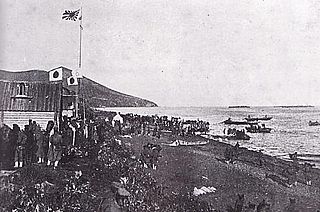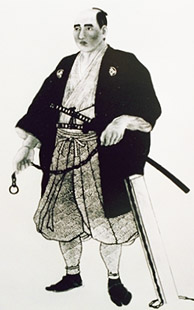 W
WThe Ainu or the Aynu, also known as the Ezo (蝦夷) in historical Japanese texts, are an East Asian ethnic group indigenous to Japan, the original inhabitants of Hokkaidō and nearby Russia.
 W
WThe Empire of Japan is a historical nation-state along with its colonies, protectorates, mandates, and other territories that existed from the Meiji Restoration in 1868 until the enactment of the 1947 constitution and subsequent formation of modern Japan.
 W
WThe evacuation of Karafuto (Sakhalin) and the Kuriles refers to the events that took place during the Pacific theater of World War II as the Japanese population left these areas, to August 1945 in the northwest of the main islands of Japan.
 W
WThe Hokkaidō Development Commission , sometimes referred to as the Hokkaidō Colonization Office or simply the Kaitakushi, was a government agency in early Meiji Japan. Tasked with the administration, economic development, and securing of the northern frontier in what, at the time of establishment, was known as Ezo, it was established in 1869 and disbanded in 1882.
 W
WThe invasion of Sakhalin was the last land battle of the Russo-Japanese War, and took place from 7 July to 31 July 1905.
 W
WKarafuto Prefecture, commonly known as South Sakhalin, was a prefecture of Japan located in Sakhalin from 1907 to 1949.
 W
WMamiya Rinzō was a Japanese explorer of the late Edo period. He is best known for his exploration of Karafuto which is now known as Sakhalin. He mapped areas of North East Asia which weren't known yet.
 W
WFrom 1264 to 1308, the Mongol Empire made several incursions into the island of Sakhalin off the east coast of Siberia to aid their Nivkh allies against the Ainu, who had been expanding north from Hokkaido. The Ainu put up a tenacious resistance, even launching a counter-attack on Mongol positions on the continent across the Strait of Tartary in 1297, but finally capitulated to the Mongol-led Yuan dynasty of China in 1308.
 W
WThe Treaty of Shimoda of February 7, 1855, was the first treaty between the Russian Empire, and the Empire of Japan, then under the administration of the Tokugawa shogunate. Following shortly after the Convention of Kanagawa signed between Japan and the United States, it effectively meant the end of Japan's 220-year-old policy of national seclusion (sakoku), by opening the ports of Nagasaki, Shimoda and Hakodate to Russian vessels and established the position of Russian consuls in Japan and defined the borders between Japan and Russia.
 W
WThe Treaty of Portsmouth formally ended the 1904–05 Russo-Japanese War. It was signed on September 5, 1905, after negotiations from August 6 to August 30, at the Portsmouth Naval Shipyard in Kittery, Maine, United States. U.S. President Theodore Roosevelt was instrumental in the negotiations and won the Nobel Peace Prize for his efforts.
 W
WThe Treaty of Saint Petersburg between the Empire of Japan and Empire of Russia was signed on 7 May 1875, and its ratifications exchanged at Tokyo on 22 August 1875. The treaty itself went into effect in 1877.